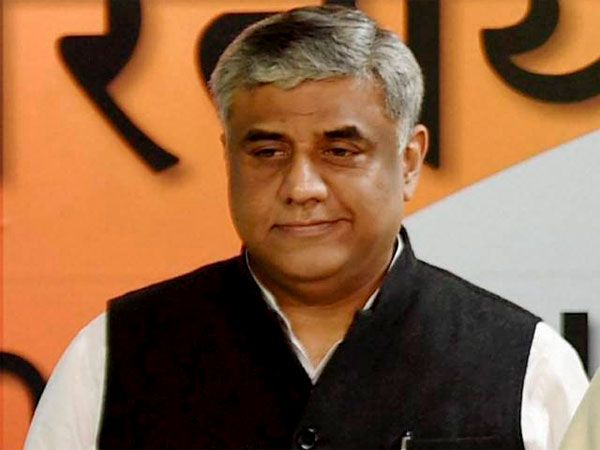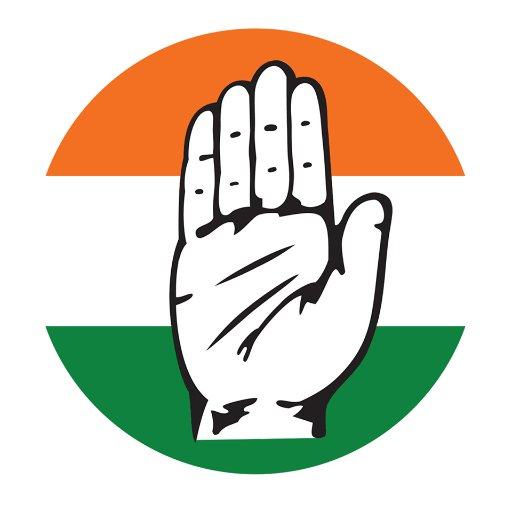Failing to make use of demographic dividend, the threat of walking into middle-income trap looms

- M.V. Rajeev Gowda, Aakash Satyawali
The headline item on which the Finance Minister wants us (and Delhi’s voters) to focus is the income tax break. The government had long delayed this relief to taxpayers. Economic mismanagement over the last decade has stressed household budgets. In 2023, private consumption fell to a 20-year low while household savings were at a 47-year low. So, will the income tax cut boost private consumption? Hardly so, since the taxpaying middle class constitutes a small fraction of Indians. If the aim was to provide a broad boost to private consumption, increase demand, and tackle rising prices, it would have made more sense to cut taxes and cesses on petroleum, which burden the common person and farmer alike. Income taxes contribute more than corporate taxes today. In 2019, corporates received a massive tax break costing the exchequer 1.45 lakh crore. The revenue foregone due to the income tax cut is estimated at 1 lakh crore. The corporate tax cut has not spurred the private sector to step up investment. Instead of investing in India, thousands of high net worth individuals are fleeing abroad. Hence, the Economic Survey’s advice to the government to ‘get out of the way’ and bridge the trust deficit.
Half of our workforce is employed in agriculture. This budget has no provision that will raise their incomes. The chimera of doubling farmer incomes has been conveniently forgotten. MSP for crops has increased only marginally to account for rising inflation. It is therefore no surprise that real wage growth amongst agricultural labourers has been less than 1 percent over the last decade. Agricultural growth fell to 1.4 percent in 2023-24 and is estimated to be only 3.8 percent in 2024-25.
The rising demand for MGNREGA work is the direct result of lack of gainful income opportunities in the rural economy. As of January 2025, there were over 9.3 crore active workers. Yet, the MGNREGA budget for 2025-26 remains unchanged. Allocation for PM KISAN remains stagnant while urea and nutrient-based subsidies have been marginally reduced. These measures directly impact the income of cultivators and farm labourers. Additionally, as farmers spend more on fertilizers and urea, they defer investments in agricultural equipment like tractors, harvesters, etc. The expectation that private consumption will drive growth must account for the distress in rural India and among different groups that have seen their incomes shrink. In 2023, families’ net financial savings fell to 5.3 percent of the GDP, a 47-year low.
For all its tall talk, the government is not serious about economic reforms. Last year, it deployed the budget to appease NDA allies in Andhra Pradesh and Bihar. As Bihar goes to polls this year, the Finance Minister turned the union budget into a poll promises pamphlet. Listing out small projects fools no one. During the 2015 election campaign in Bihar, PM Modi promised a Rs 1.25 lakh crore package to Bihar. Biharis know that today’s announcements are a small fraction of what PM Modi promised Bihar ten years ago.
Lack of clarity in policymaking impacts India’s manufacturing capabilities. Post COVID-19, multinational companies sought to de-risk their dependency on Chinese manufacturing. This was a historic opportunity for India to capture a lion’s share of the market. However, the weakened manufacturing sector and the government’s regulatory complexities meant that India failed to capitalize in time.
India also needs to diversify away from sole source dependency on China for many products and to produce them domestically. But Production Linked Incentives have been less strategic and insufficient to attract investments. They have merely transformed ‘Make in India’ into ‘Assemble in India’. Even the reduction in basic custom duties may have the effect of increasing imports from China and hurting small and medium enterprises.
President Trump’s election poses serious challenges to globalization, from which India has benefited substantially, especially on the services front. His tantrum threatening BRICS’ (illusory?) efforts to move away from the dollar highlight how India must move ahead with caution. We are clearly entering a VUCA world - filled with Volatility, Uncertainty, Complexity and Ambiguity. Technological developments such as Artificial Intelligence (AI) have the potential to radically change the future of work and the future of war. Unfortunately, there is nothing significant in the Union Budget which prepares India sufficiently for such an unprecedented future.
The Economic Survey states that India needs to grow at 8 percent in a sustained manner over decades to reach Viksit Bharat by 2047. But the Economic Survey also shows that over the last decade, growth has been stuck in the 6 percent range. Clearly, the Modi government has failed to get the economy to fulfil its potential. This budget continues this disappointing pattern. PM Modi is marching India into a middle-income trap which will deprive us of our deserved demographic dividend.
Prof. M.V. Rajeev Gowda is Chairperson, and Akash Satyawali is Joint-Secretary, AICC Research Department.
Courtesy: Hindustan Times







